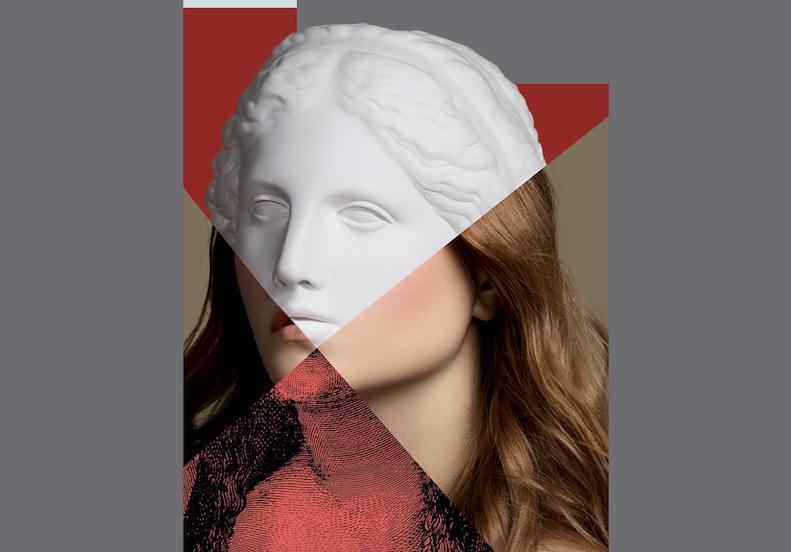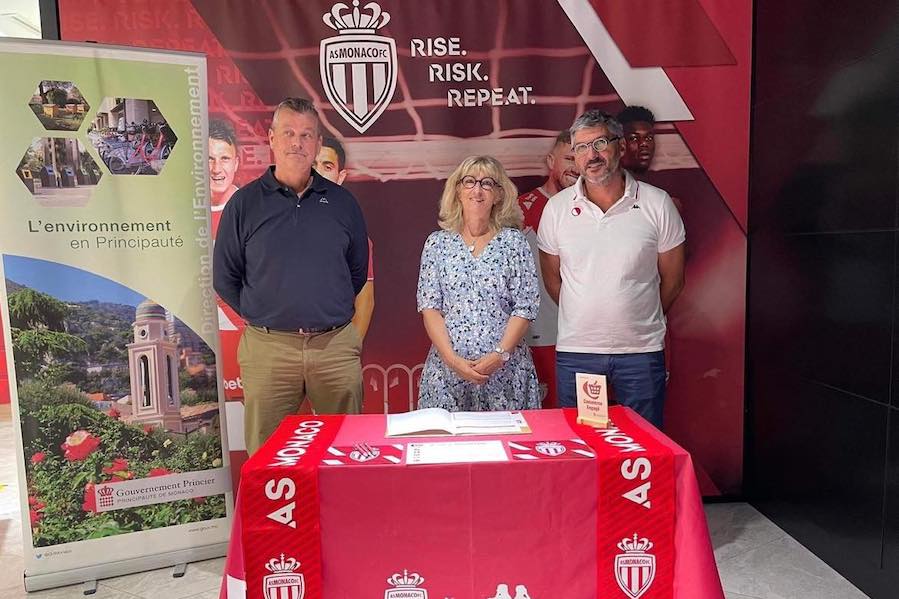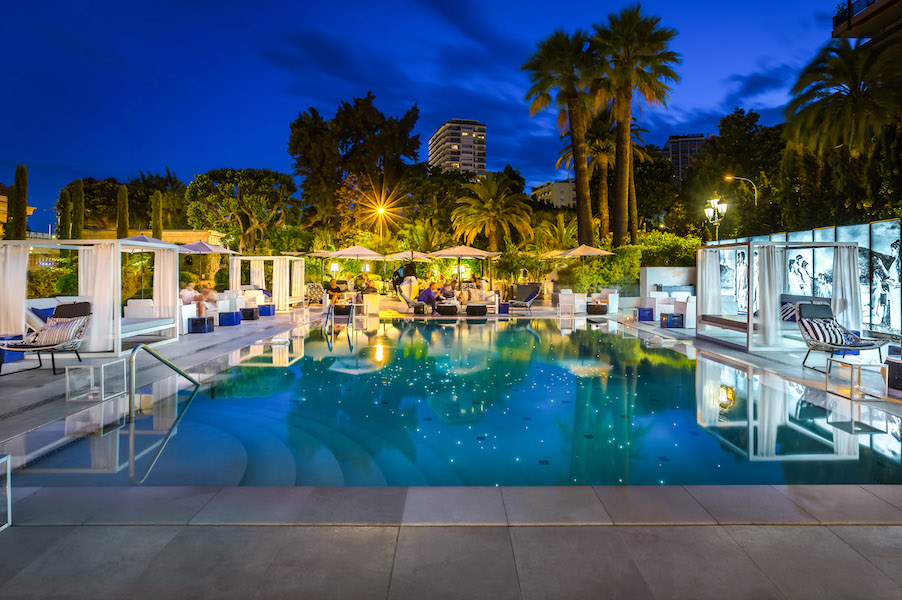Often considered mutually exclusive elements, AS Monaco are the embodiment of the utopian idea that sales and success can go hand-in-hand.
Since 2014, Monaco have sold over €1bn worth of players, but miraculously in that time they have finished on the Ligue 1 podium seven times, and even won the league in 2016/17. Only PSG have a better record.
Many of those that ply their trade at the very top level, have passed through the Principality club. The most high-profile being Kylian Mbappé, who left the club in 2017 having formed part of the exceptional 2016/17 side that not only won the league, but also reached the Champions League semi-finals. Despite his departure, initially on loan and then sold for €180m to Ligue 1 rivals PSG following that campaign, Monaco still reached the Champions League quarter finals, and finished second in the league the following year.
But whilst the list isn’t completely inexhaustive, many of their former players bolster the ranks of teams across Europe. Bernardo Silva (€50m) at Manchester City, Fabinho (€45) at Liverpool, Youri Tielemans (€45) at Leicester are amongst those to have prospered since leaving the Principality club.
Some, however, produced their best football at the Stade Louis II, but have failed to reproduce that form elsewhere. James Rodriguez (€75m), Benjamin Mendy, whose €57m fee was a world record fee for a defender at the time, Thomas Lemar (€72m), Tiémoué Bakayoko (€40m) and Anthony Martial (€60m) fall into that category. The grass isn’t always greener on the other side, and whilst those moves didn’t work for all parties, they did for Monaco, who wisely reinvested, and in doing so ensured their continued success.
Speaking in a press conference on Tuesday, Monaco sporting director Paul Mitchell spoke to Monaco Life about the club’s model. “I can only speak for the last two seasons that I’ve been here,” the Englishman began. “I think that balance is one of the most difficult things to find in modern football. We’ve seen a drastic change in strategy for many clubs, even some of the biggest in the world, in terms of recruiting younger and younger profiles to add a level of sustainability of sales, while also keeping that will and demand to win. That’s definitely where we see ourselves – in that competitive market and space,” he added.
Whilst other major European powers are trying to mirror Monaco’s model, they are not finding the same level of success. Barcelona are the quintessential example of this. The club, in financial turmoil over the past few years, have seen a need to recruit younger players, and bring more players through the academy, as they did in the early 2000’s. However, as they sell (or release as it was with Lionel Messi) some of their most prized assets in order to balance the books, Barcelona have compromised their success. A Champions League stalwart and serial winner of La Liga, they went out in the group stages of European competition last season, before being beaten by Frankfurt in the Europa League. Real Madrid also won the domestic division at a canter.
Monaco are a step ahead in that regard. As Mitchell rightly pointed out, he can only speak from his experience at the club, but the club’s record since the Rybolovlev takeover a decade ago shows a strategy of recruiting young, high potential players and selling them for big profits. Whilst others are grappling with the new financial realities of elite football, Monaco have long since adopted a more sustainable approach, and are reaping the rewards from it.
The approach is holistic and highly youth-oriented. Whilst the recruitment department are responsible for some high-profit margin finds, such as Tchouaméni (€82m profit), Fabinho (€39m profit), Martial (€55m profit) and Lemar (€68m profit) their academy is also an assembly line for elite level talent.
Mitchell told Monaco Life about the changes at the club since his arrival, which facilitate such profits: “A couple of years ago we felt that we didn’t quite have the talent pool at our disposal, so we made changes within our recruitment, within our talent ID, within our environment to harness more talented players and bring them to the next level. That was definitely a conscious strategy change for the club, and then by performing and creating a culture that can develop some of these guys, you see the bi-product is always higher valuations, which usually leads to higher player sales.”
Whether coming through the academy, or signing from another club, there is an “environment” at Monaco that is conducive to personal development and progression, and that is the cornerstone of the project.
According to CIES, in the first seven game weeks of last season, Monaco fielded the youngest side of any other team in Europe’s top-five divisions. In November 2020 Monaco were ranked 11th for the amount of players that they had trained and who were currently playing in Europe’s top-five divisions, whilst nine academy players have featured for the first team in the last two years.
Although many players move on, their impact whilst at the club contributes to the continued success at the club, and helps keep the project attractive to future generations of elite young talent. “I think we worked incredibly hard internally to make sure we’re bringing specialisms, skill practitioners, and cultivating an environment where players can flourish and go on to achieve their career ambitions. I think those things help us recruit players,” said Mitchell.
AS Monaco were one of the first clubs in the French division to construct a training centre back in the 1970’s thanks to president at the time Jean-Louis Campora. Just like during that era, Monaco still occupy a place at the cutting edge, reconciling sales and success and keeping their ambition intact.
Photo source: AS Monaco















